
hotline:
17715390137
Tel/Wechat:
18101240246 (Technology)
0512-68565571
Email:mxenes@163.com (Sales Engineer)bkxc.bonnie@gmail.com
Scan the code to follow or search the official account on WeChat:
2D Materials Fronrier After paying attention,
click on the lower right corner to contact us,
Enter enterprise WeChat.
Professional Services Online



As an interactive platform for next-generation health monitoring, motion detection, robots and prostheses, wearable devices with good mechanical consistency and ultra-high sensitivity are attracting great interest. Flexible electronics require surface-mounted wearable devices to adapt to the complex structure of objects with reliable electrical characteristics under cyclic strain conditions during daily exercise, which exceeds the capabilities of traditional silicon-based rigid electronic products. To this end, researchers have proposed a method from the design of the external circuit structure (such as the serpentine mesh structure) to the design of the internal microstructure of the device (such as the mechanical sensing of the pyramid microstructure). Although these technologies have shown their feasibility in different applications, there are still various challenges: 1. The balance between mechanical flexibility and electrical performance (for example, the flexibility of most materials will increase as the carrier fluid concentration decreases. ); 2. The lack of a scalable manufacturing process; 3. The presence of surface defects in the local structure of nanotubes and other nanomaterials. Therefore, it is expected that new materials will be discovered for further development of wearable applications.

Recently, Professor Pan Lijia and Professor Shi Yi of Nanjing University published a research paper titled: MXenes and Their Applications in Wearable Sensors in the internationally renowned academic journal Frontiers in Chemistry. The article mainly focuses on the characteristics of MXenes as a flexible electronic product. Provide insights on related research. This article starts with a summary of the synthesis, modification and performance of MXenes, and summarizes several potential applications in wearable sensors such as force perception, biomedical analysis and gas sensing. Finally, the existing challenges and future application prospects are discussed.

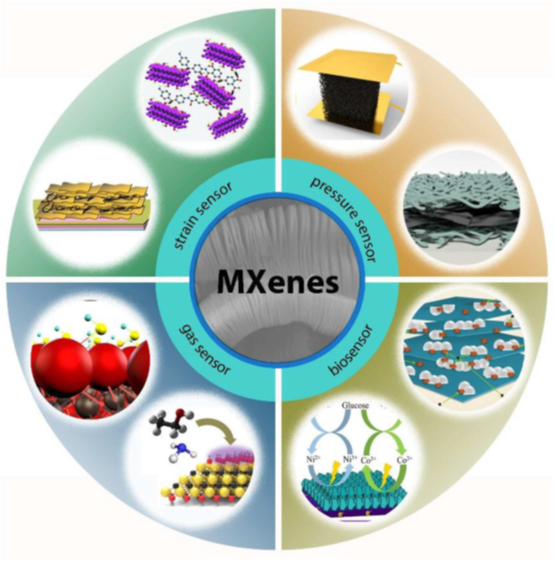
Figure 1. Overview of the application of MXenes in the field of wearable devices.
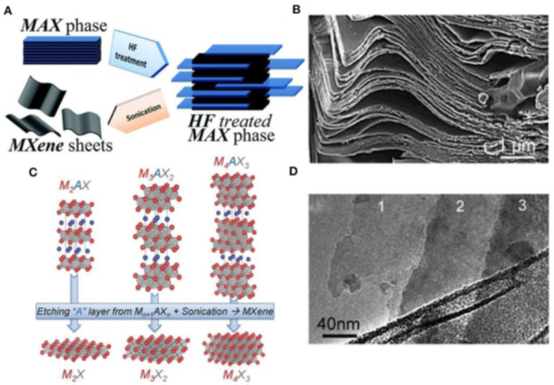
Figure 2. Synthesis and characterization of MXene.
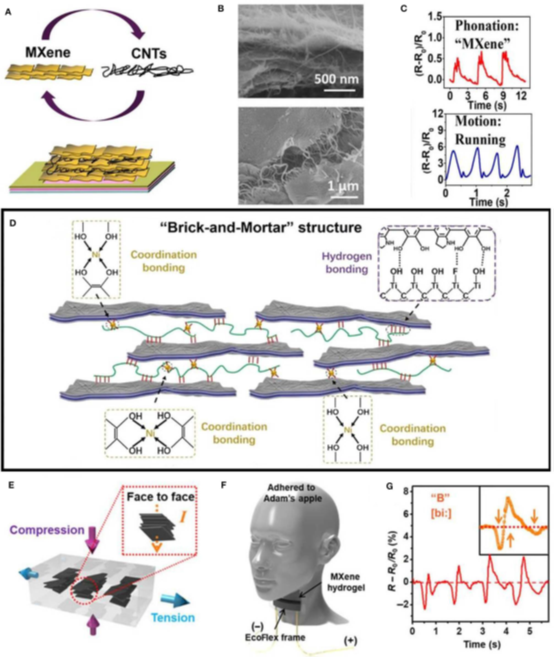
Figure 3. MXene is used for strain sensors.
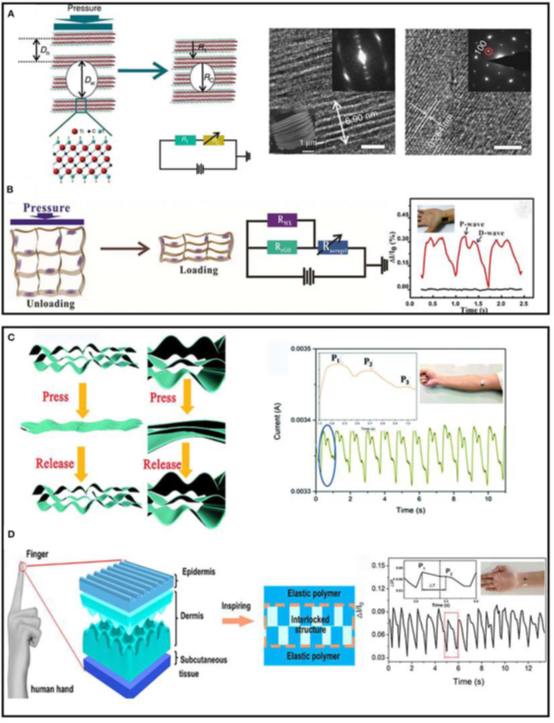
Figure 4. MXene is used for pressure sensors.
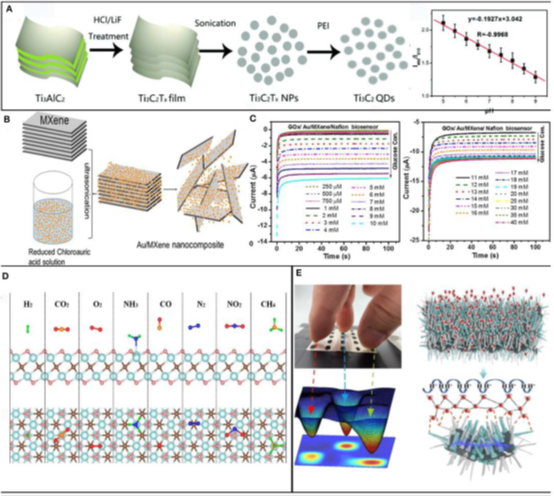
Figure 5. MXene is used in biosensors.

Because of its excellent electrical conductivity, mechanical properties, hydrophilicity, and easy-to-control morphology, MXenes materials gradually occupy a position in the field of wearable sensors. In recent years, various sensors based on accordion-like MXenes materials have shown that good progress has been made in the analysis of conductive sensitive material structure, sensing mechanism and sensor performance. By fully considering the advantages of the MXenes material and the target requirements of the equipment, the MXenes material is combined with other suitable materials to form a new sensing system, thereby maximizing the synergy between MXenes and other phase materials , To obtain high-performance sensors with high sensitivity and wide response range.
Literature link:
https://doi.org/10.3389/fchem.2020.00297.

| Reminder: Beijing Beike New Material Technology Co., Ltd. supplies products only for scientific research, not for humans |
| All rights reserved © 2019 beijing beike new material Technology Co., Ltd 京ICP备16054715-2号 |